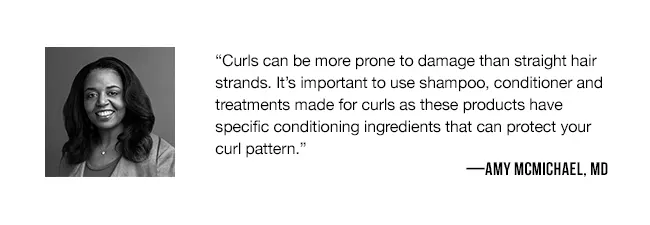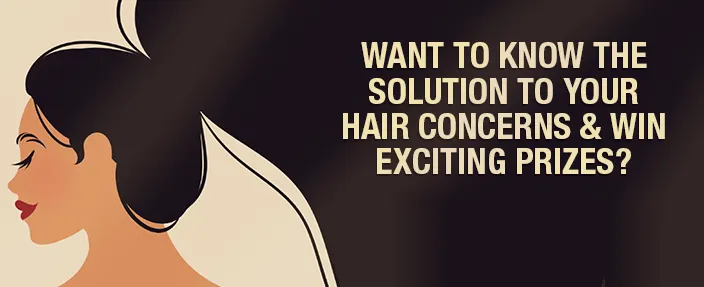Curl Uninterrupted: How to Keep Your Hair's Bounce

Ever notice how your hair is curlier at the top, but then sort of loses steam toward the bottom? Or how some areas are curly while some are straighter? That’s how you spot not-so-healthy, improperly conditioned curls. Natural, hair-moisturising oils have a hard time travelling all the way down your curly hair. So as hair goes dry, the chance of damage toward the tips goes up. Which is why you notice your curls losing their shape.
The great thing about curly hair is it looks like you put more effort on styling than you actually did. But you might notice sometimes that you've got defined curls in some areas while the rest of your hair is sort of meh. So what's weighing down your curls, and how do you bounce back from a bad hair day?
Spot-check your curls
It can be frustrating, but uneven hair texture is actually a useful way of spotting the parts of your hair are not-so-healthy and improperly conditioned. When your curls go flat and lifeless toward the ends, it's an indicator that the natural oils on your scalp don't get to travel all the way from your hair’s roots to the tips. This means your hair doesn't get moisturized as much in the ends, and would need a lot more TLC.
The more dry your hair becomes, the higher its chances of getting damaged. And with the humidity and air pollution your hair is exposed to on your daily commute, the added frizz can make your curls noticeably lose their flowy shape and turn into a messy blob instead.
Curl care for bouncy hair
Curls can be more prone to damage than straight hair strands," says Amy McMichael, MD, a professor of Dermatology at Wake Forest University. When they lack moisture, your curls are more susceptible to breakage, split ends, and flyaways. This leads to a dull, bounce-less look yet again.
No worries! Curl care is pretty simple, so long as you’re using products made for your hair type. "It's important to use shampoo, conditioner, and treatments made for curls as these products have specific conditioning ingredients that can protect your curl pattern," advises McMichael.


